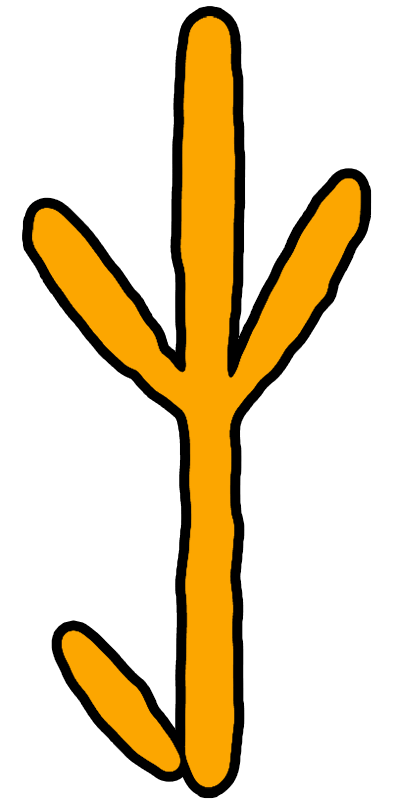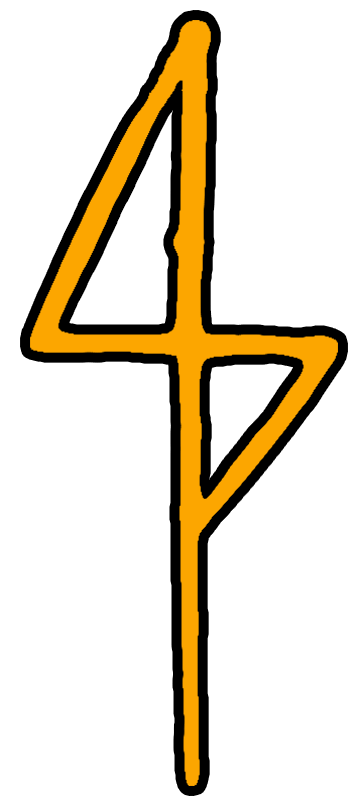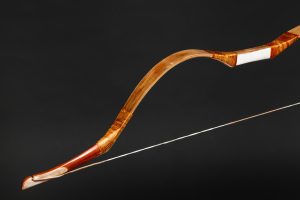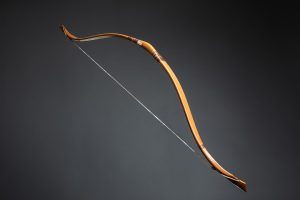
ATTENTION!
Our website contains bows*.
If you are a visitor for professional purposes, log in as our pages contain information for professional purposes only.
In all other cases, please leave our site.
By clicking the "ENTER" button, you declare that you are a visitor for professional purposes only, and that you only need the information on the page for professional purposes.
*Based on the 175/2003. government decree, the bow is considered an instrument of increased danger to public safety. We are not responsible for violations committed with a bow.
ENTER
Early Mongolian Base bow
Information!
There may be color differences in the picture compared to reality!
You can write it down in the comment section at checkout if you have an idea about the colors.
Bows are usually made from 25-70#. Bows can be made between 75-140#, but only certain models.
From 75#, there is no warranty and we do not take any responsibility for the bows. The buyer must make a written statement of this, that he acknowledges it, and we will charge a +50 EUR cost. Decorative painting is +150 EUR.

Featured Bows
Our bows, which are more special than average and define their product category, deserve special attention.


Who were the Mongolians?
The XIII. At the beginning of the 19th century, the Mongol chieftain Temudsin united nine Mongolian tribes under the horse-tail insignia, and a shaman, who was said to be carried by his white horse into the sky, declared it the will of the sky god that Temudsin would henceforth be Genghis Khan, the chief khan, and all his offspring would be khans. Genghis Khan brought many Turkish-Tatar tribes under his rule, and the latter became so famous for their valor that henceforth the Mongol conquests were referred to as the Tatar invasion.
Thanks to the military technical elements learned from the Chinese, the western castles and fortified cities were no longer an obstacle for the Tatars. In 1220, they entered Europe, where they first occupied the rich trade centers. After the death of the dynasty founder and state organizer Genghis Khan, his third-born son, Ödögej, was elected chief khan. According to the will of the father, the other sons and their descendants were given a separate area to govern. “The western quarter of the world” was given to Batu Khan, under whose leadership a large-scale campaign of conquest was launched against Europe.
The Hungarian friend Julianus characterizes the Tatar warfare as follows: “the Tatars are excellent archers, but they are no longer so good with swords and spears in battle. Their army is made up of people gathered from many parts, who speak different languages and are of mixed nationalities. They kill the king and chieftains of the occupied countries , they force soldiers and strong peasants to fight on their side. They do not besiege a strong castle, but first destroy the people of the land, plunder the people, and use them to besiege their own castle.”
Hungary thus stood in the way of a world power that had already taken a good chunk out of China, ruined the countries of Inner Asia, and extended its empire from the Pacific Ocean to Eastern Europe. Letters and messengers were often sent IV. To the Hungarian king Béla, in which Batu wrote the following: “it would be better and safer for you if you surrendered to me voluntarily” and “I instruct you not to keep the Kuns with you in the future and not to confront me because of them.” ARC. However, Béla did not respond to these messages. He also became a thorn in the Mongols’ eyes, they began to see him as their archenemy, and they did everything they could to kill as many people as possible. They spared neither old nor young, nor women, nor children, nor infants, “they did not relent in their persistent killing”.
The fact that Hungary avoided the second, final annihilation attack was due to the changes that took place in the Tatar empire – which resulted in the formation of the Golden Horde state – and the resistance of the Russian principalities.
In summary, we can say that the heritage of the archery peoples listed here is hidden in the Carpathian Basin. Wherever we step, the ground beneath us is full of history.
More to read
More about the Mongolians






















































